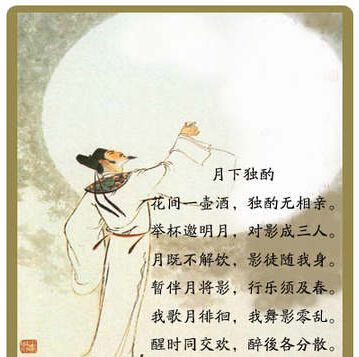老外又拍了部中国的纪录片,主题竟是诺基亚手机
|
What went wrong for Nokia? Nokia Mobile was for 14 years the world’s largest manufacturer of mobile phones, a pioneer of the technology that has transformed the world. Now, if anything, it is a mere badge on other people’s operating systems and products, often now relegated to ironic retro designs. The prior question, answered equally satisfactorily in BBC4’s The Rise and Fall of Nokia, would be: what went right for Nokia? A pulp mill founded in Finland in 1865, the company wasn’t an obvious contender for global leadership. Its pre-eminence derived partly from one of its hobbyist bosses, Jorma Nieminen, the “father” of the Finnish mobile phone industry, extending his boyhood interest in radios. In Finland there was also a ready demand for this nascent technology, being a sparsely populated nation with relatively few fixed lines. People wanted to make calls when they went to the lake on their boat or stayed in their holiday cottage – or if there were some emergency on the move in their beautiful but inhospitable land. Serendipity. By 1972 some 1,600 mobile phones had been manufactured, and 20 employees made these exotic behemoths. These promising machines started to generate interest. The story was told of a chap, rather ahead of his time, who took his family to the zoo for the day but could not bear to be out of contact. So he carried his “phone” – a suitcase with 13kg of primitive electronics – all day around the ape house, through the aquarium, to meet the tapirs … No one rang. No matter for Nokia. They pressed on. They were the first to offer a commercial handset for text messages; the first to offer, albeit crude, web access; the first to allow users to download ringtones (Crazy Frog); first to make a phone a calendar and a calculator; and the first to fit a game (Snake – remember that?), thus turning the mobile phone from a device to raise productivity into one that lowers it. Like Lego, Ikea and Volvo, Nokia was infused with a proud and distinct Nordic business culture – open, cooperative, creative and technically driven. But that culture did not survive the growth of Nokia into a vast multinational company; one that even had a phone factory in China that made not a single phone, forgotten by HQ back in Finland, built just to keep the local provincial Chinese authorities happy. Like an old mobile with a dodgy keypad, the culture had malfunctioned. According to insiders, people were recruited who “cared only about the money, [share] options, company cars and wages”. Teams no longer collaborated instinctively. One phone had buttons that didn’t do anything because the designers hadn’t spoken to the marketeers. Nokia’s slogan of “Connecting People” turned ironic. None of that would have mattered so much if the Apple iPhone hadn’t arrived on 9 January 2007. But it did; computing and phone techs converging. Terrified, Nokia ordered dozens in. One exec took his iPhone home. When his five-year-old daughter asked daddy, “Can I keep the magic phone under the pillow?” he knew they’d had it. So there was nothing predetermined about the fall, nor the ascent, of Nokia. There were known external forces as well as a varying quality of management at work – but also sheer luck, on the way up and on the way down. In other words, just as mafia bosses are said to apologise before they “whack” a competitor, Nokia’s decline at the hands of Apple was “just business”. A shame, all the same. |








